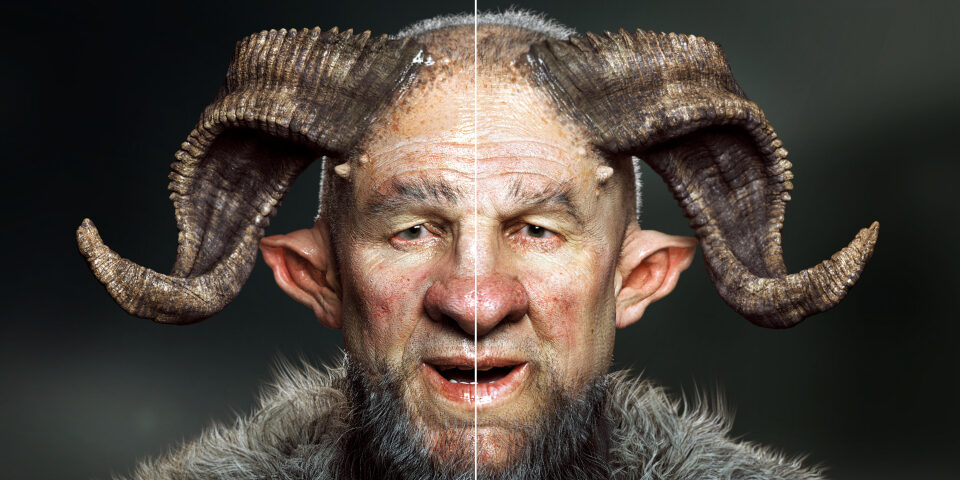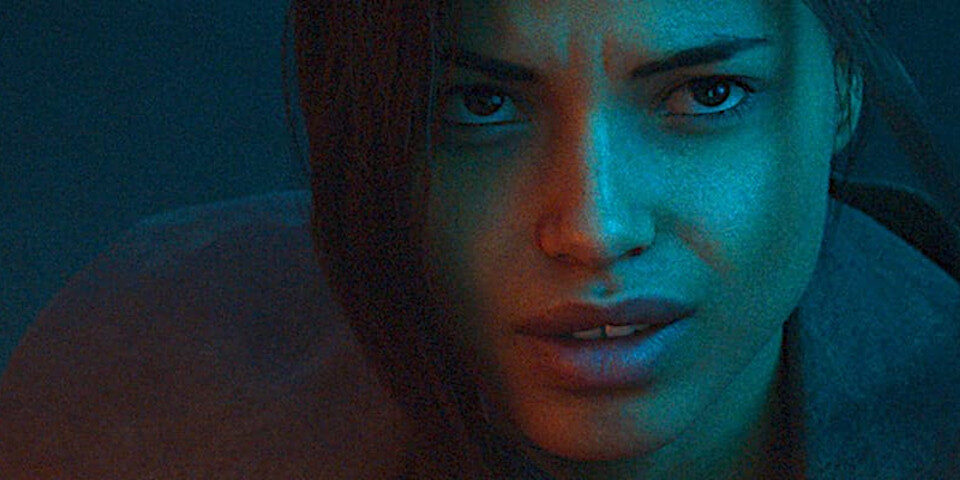Chaos releases V-Ray 6 for Houdini Update 2

Posted on 14 June 2023 for Update 1. Scroll down for details of V-Ray 6 for Houdini Update 2.
Chaos has updated V-Ray for Houdini, the Houdini edition of the renderer.
V-Ray 6 for Houdini Update 1 introduces a new bump to glossiness workflow for materials like skin, and extends V-Ray Decal, the procedural clouds system and V-Ray GPU.
V-Ray 6 for Houdini Update 2 introduces a new unified installer, and extends the Hydra render delegate and support for V-Ray Fur.
A readymade look development pipeline across Maya and Nuke
First released in 2019, V-Ray for Houdini is intended as much for look dev as final-quality rendering.
VFX studios with V-Ray pipelines can use it preview effects or assets before exporting them to Maya or 3ds Max for rendering, ensuring visual consistency across each stage of production.
As well as the core software, V-Ray is available as a Hydra delegate within Solaris, Houdini’s USD-based shot layout, lighting and look dev environment, making it possible to use as a viewport renderer.

New bump to glossiness workflow for materials like skin
New features include the TexBump2Glossiness node, which generates a reflection glossiness texture from a bump or normal map.
It is intended to stop materials like skin from looking too shiny when seen at a distance.
Updates to V-Ray Decal and procedural clouds
Existing features that get updates include texture-projection system V-Ray Decal, which now supports Cylindrical as well as Planar projection, and additive bump mapping on decals.
The new procedural clouds system gets the option to generate contrails.
Updates to lighting, rendering and the VFB
Other changes include new controls for the V-Ray Direct Light for creating custom light decay patterns.
V-Ray GPU, the software’s hybrid CPU/GPU render engine, gets a new Compressed Textures mode to reduce memory footprint, and support for V-Ray Clipper in mesh mode, for rendering cutaway images.
The Denoiser now supports Nvidia’s AI-based upscaling technology when using the NVIDIA denoising engine, and can now be used on panoramic images.
The V-Ray Frame Buffer (VFB) gets support for emissive materials in the VRayLightMix and VRayLightSelect render elements, making it possible to adjust the look of self-illuminating materials after rendering.
It is also now possible to control post effects with masks inside the VFB.
Performance and workflow improvements
For troubleshooting performance bottlenecks, the V-Ray Profiler gets support for profiling export tasks, and a new Simple mode, intended for use with simpler scenes.
Performance improvements include faster geometry compilation for static meshes and faster hair rendering.

Updated 19 February 2024: Chaos has released V-Ray 6 for Houdini Update 2.
The update introduces a new unified installer, which installs a single build of V-Ray compatible with “all major versions” of Houdini, including Houdini 20, the latest version of the software.
The Hydra delegate for Solaris gets support for resumable rendering, support for V-Ray’s V-Ray Toon non-photorealistic rendering effect, and support for V-Ray Environment Fog.
The implementation of V-Ray Fur now supports Alembic files, displacement and motion blur.
In addition, it is now possible to apply material overrides when rendering volumes.
You can find a full list of workflow and performance updates via the link below.
Pricing and system requirements
V-Ray 6 for Houdini is compatible with Houdini 19.0+, running on Windows 8.1+, CentOS 6/RHEL 6.2+ Linux and Mac OS X 10.9+.
The software is rental-only, with node-locked V-Ray Solo subscriptions priced at $466.80/year, and floating V-Ray Premium subscriptions priced at $694.80/year. Find details in this story.
Read a full list of new features in V-Ray 6 for Houdini in the online release notes
Have your say on this story by following CG Channel on Facebook, Instagram and X (formerly Twitter). As well as being able to comment on stories, followers of our social media accounts can see videos we don’t post on the site itself, including making-ofs for the latest VFX movies, animations, games cinematics and motion graphics projects.
